
Introduction
Coronary artery disease or CAD which is often called coronary heart disease, or CHD, involves a progressive narrowing of the arteries whose job it is to nourish the heart muscles.
It is a tricky disease because there are often no symptoms involved but it can get very dangerous once the arteries become severely narrowed. During the development of the disease, a person might experience angina during exercise or stressful situation or other times when heart muscles are not getting enough blood sent to them.
Diagnosis
In order to diagnose the condition, the artery must have narrowed to less than 30 percent of the original size, which is when a serious reduction in the blood flowing to the heart is noticed.
If these arteries are very blocked, the blood flow may not be good enough for people to exercise or get emotional, which can result in the heart muscle not getting enough oxygen and a person experiencing chest pains and a shortness of breath.
The diagnosis of the disease is based on the result of several things, the review of symptoms, health history, an electrocardiogram, an exercise stress test, and a thallium scan if needed.
Sometimes an x-ray can be done as well in the process of diagnosing the coronary disease.
Treatments
There are various treatments that can be used for the condition, both medicinal and surgical.
Beta-blocking drugs block the effect of the sympathetic nervous system of the heart and slow the heart which in turn decreases the blood pressure and reduced the amount of oxygen that the heart muscle demands.
These drugs can also reduce the chance of dying from a heart attack.
Calcium-channel-blocking drugs will reduce the amount of calcium that enters the muscle cells and will reduce the chances of dying or suffering recurrent hear attacks.
Nitrates can also be prescribed to treat and prevent chest pains cause by CAD.
The main surgical treatment used for this problem is the coronary artery bypass, which is undergone by an estimated 170,000 Americans each year.
It is a routine procedure, though there is some controversy of whether it is unnecessary, since many believe that the effects of the surgery can be gained with less expensive treatment methods and medical therapies.
The operation is fairly simple, and the work is done directly on a beating heart. It is important to note that a doctor when diagnosing the condition will only recommend surgery in the most serious and emergency cases of CAD.



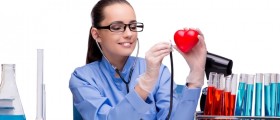
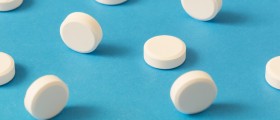
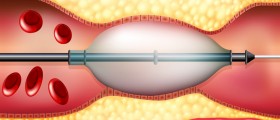


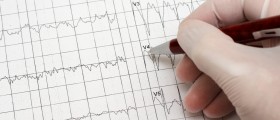
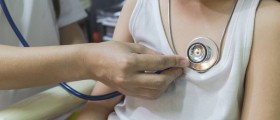

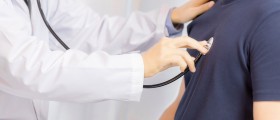
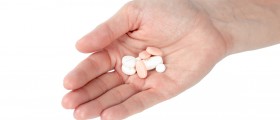




Your thoughts on this
Loading...